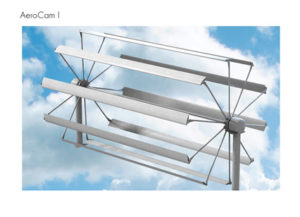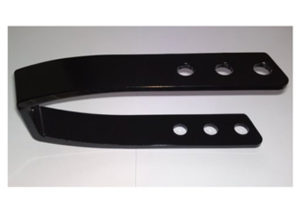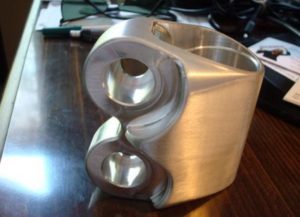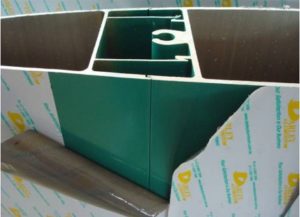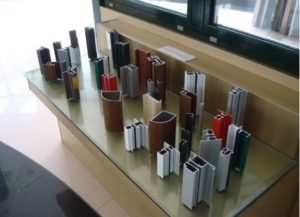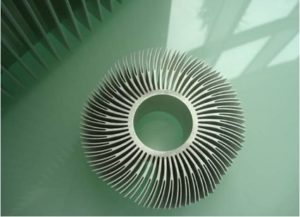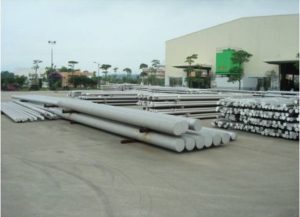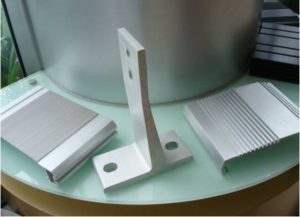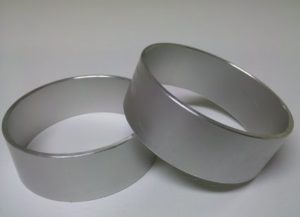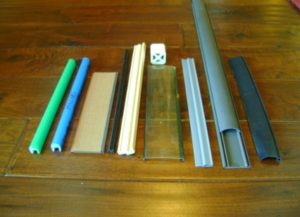Aluminum Extrusions
Extruded Aluminum Profiles, Fabrication, Finishing, and Assembly
We offer custom extruded aluminum products ranging from ½” to 35” circle size, along with fabrication, machining, welding, coating, and turn-key warehousing services. Our manufacturers are ISO9001 (2000) and ISO14001 (2009) certified.
Aluminum extrusion has, over the years, been known for its performance superiority, reliability of operations and a wide usage for a variety of markets. Some of the important parameters on which aluminum extrusions have shown excellent adaptation include time, cost and process repeatability. Aluminum extrusions have successfully ventured into the territories of consumer durables, buildings, transportation, electronics, et cetera.
Ten Reasons Why Aluminum is a preferred choice for extrusions:
- Lightness
Density of Aluminum is just 1/3rd as compared to steel. - Elasticity
Advantageous in cases of structures under shock loads. - Conductivity
Good conductor of heat and elasticity. - Corrosion resistance
- Non-toxicity
- Recyclable
- Resistance Power
Resistance to weather and other atmospheric liquids or gases. - Reflectivity
Useful for decorative purposes. - Flexibility
Easily extruded, drawn, milled, etc. - Machining
Forms well in both hot and cold conditions.
Plastic Extrusions
Extruded Plastic Profiles, Co-Extrusion, Cap Stock, and Fabrication
These days high quality plastic extrusion profiles are made from a wide range of materials. Extruded plastic profiles come in a wide variety of shapes, color and sizes. Modern extrusion lines can handle tubes that have a diameter of 160 mm and profiles that are 350 mm wide.
If we categorize the plastic materials used for extrusion, it would be found that flexible and rigid PVC remain the most popular plastic materials used for extrusion. Among others the major plastics used are HDPE, LDPE, Polypropylene, PMMA, and PS. But it must be kept in mind that the different thermoplastics that are used meet different performance and cost requirements. The table that follows takes a closer look at some of the materials that are typically used in making extruded profiles from plastic material.
Our industries served are building and construction, medical, lighting and light diffusers, retail and POP, theft loss and prevention systems, trucking, office furniture, partitioning profiles, nosing, false floor beading, thermal breakers, fencing, decking, siding, beveled skirting, thermal cover, cove track , solar panels and many others.
We offer our customers the following advantages: custom profiles and extrusions, low to high volume production runs, in-house engineering, in-line and off-line fabrication, secondary processes and assembly, in-house tooling and quick turn-around. We also accept most CAD software.
A Buyers Guide for Design Consideration in Extruded Plastic Profiles:
A good design of the extruded plastic profiles should ensure cost-effectiveness, uniform good quality, et cetera. The following tips may prove to be useful for designing a plastic extrusion. Ideally from the design point of view, design considerations can be broken down to two parts. They are the following:
Basic Die Design
- Flat Plate Die
Plate that has the shape of the part cut through a die. There is no transition to guide the material. This low cost design is suited ideally for low volume production runs. - Semi-streamlined Die
At the back of the die the edges and corners have radii to help the material transition into the die. - Fully Streamlined Die
The die is able to aggressively channelize the plastic material throughout the die in an even manner. This design however is not cheap so ideally suited to high production runs.
Part Design
- Consistent Wall Thickness
Coming to wall thickness, of the profiles, an uniform wall thickness is one of the most vital aspect in the design of the part. It permits an even flow of material through the die. Thus resulting in more controlled parts along with a lower tooling expenditure. - Hollow Section Design
Ideally designing of profiles with hollow sections should be avoided. They are known to add significantly to the cost of the part as well as the tooling.
Parameters to Select the Best Plastic Material in Extrusion Design
- Aesthetics
- Rigidity
- Flexibility
- Smell
- Heat Stability
- UV Stability
- Flame retardation capacity
- Chemical Resistance
- Impact Strength

